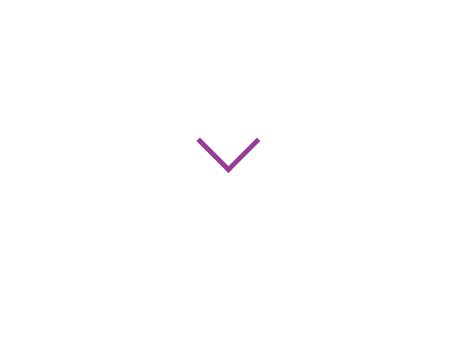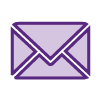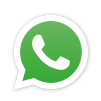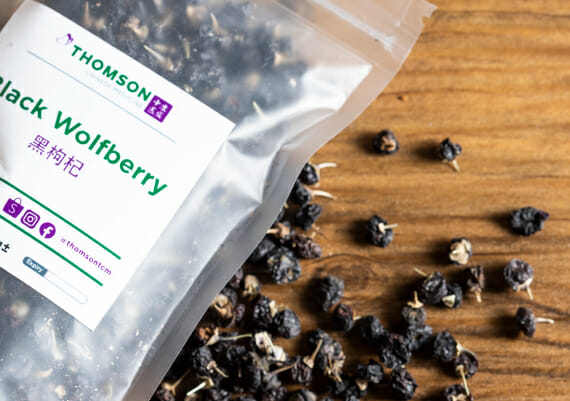
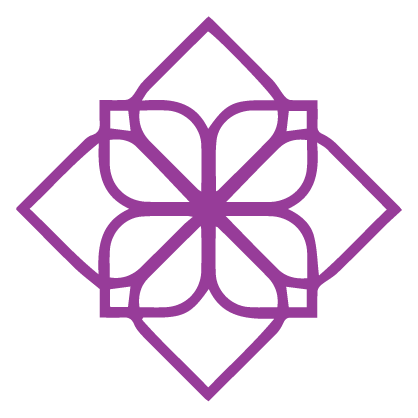
What Is
Chinese Therapeutic Massage?
Chinese Therapeutic Massage is a healing method based on traditional Chinese medicine principles. Like traditional Chinese methods, Chinese therapeutic massage does not involve conventional drugs. It is based on the principle of activating “Qi” energy to heal the body. ‘“Qi” energy translated to “vital” or “life force” energy.
According to Chinese Medicine, “Qi” energy flows through several energy centres called “Meridians”. When this energy is imbalanced, health problems may occur. Chinese massage attempts to restore health by activating target Meridian spots.
This results in the flow of healing “Qi” energy to heal the spot and restore health.
Chinese therapeutic massage, together with Indian massage are said to be the predecessors of modern western massage. It dates all the way back to the 8th century BC.
Interesting facts:
Chinese massage has a very long history in China. Ancient Chinese dynasties reportedly used Chinese massage to reduce pain and restore “Qi” energy. It is said to alleviate muscle spasms, recover injuries, and ease joint pain.
According to findings, massage movements were inspired by the movements of birds. People presumably observed and mimicked the birds’ movements and their ability to recover fast after an injury.
Today, Chinese therapeutic massage is a widespread healing practice in the world. It is also considered one of the most popular massage methods worldwide.
How Does
Chinese Therapeutic Massage Work?
A Chinese therapeutic massage session involves pressing, pulling, kneading, pinching and rotating movements. The TCM practitioner performs these movements in certain areas of the patient.
The TCM practitioner also uses their elbows, fingers, and handles to massage these points. These movements aim to raise vibration and the flow of “Qi” energy to heal the target spot.
When the TCM practitioner massages these points, these main things occur:
- There is an instant boost of blood circulation.
- Your body releases opiates and other chemicals e.g. dopamine that promote wellness.
- There is an instant flow of restorative qi energy on the spots
What Are
The Main Types of Chinese Massage?
There are two main types of Chinese Massage:
- Tui Na (twee-nah). A method similar to deep tissue massage with kneading, stretching, and chopping movements. Currently the most common type of Chinese massage. Many massage parlours use this method in conjunction with aromatherapy.
- Zhi Ya (zee yah). A combination of acupressure massage movements by pressing on the skin’s surface and thumbing. A more targeted form of Chinese massage used for therapeutic purposes.
Other complementary types include Chinese foot or head massage. These massage types aim to release tension and promote a sense of well being. They involve mapping foot/head Meridiens, using the right movements to activate them.
They are often a part of a spa service, pedicure/manicure or other beauty and wellness treatments. These types are also especially popular among women and older people.
What Can I Expect
During A Chinese Therapeutic Massage Session?
Similar to Western massage types, a Chinese therapeutic massage session takes place at a massage table or bed. As it involves multiple movements, it’s best to wear loose clothing for added comfort.
Your TCM practitioner will start by asking your medical history and current symptoms. He/she will then ask you to adopt a suitable position. This will allow them to focus on a target spot of your body (depending on what they need to treat).
They will start the massage using slow and gentle movements. This aims to warm up the system and boost blood circulation. The pace and intensity of movements will increase through the session.
During the session, they may ask you about your comfort level to adjust their movements. It is also common for them to align your spine with sudden movements e.g. twisting or cracking.
A typical Chinese Therapeutic Massage session lasts anywhere from 15-30 minutes.
Benefits & Effects of
Chinese Therapeutic Massage
Chinese therapeutic massage can promote wellness and health in many ways. Here are some of the key benefits of Chinese massage:
- Energy boost. Chinese therapeutic massage activates the flow of positive “Qi” energy and controls negative energy throughout the body. It is great for boosting physical and mental energy.
- Relaxation. A single massage session eases tension through various pressure points. As a result, you will end up feeling more relaxed and tension-free after your session.
- Accelerated recovery of injuries. If you have encountered any muscle or bone injuries, Chinese therapeutic massage can help accelerate recovery. It delivers vital blood flow and energy to the affected spots to help them heal faster.
- Ease of pain. According to a 2015 study, Chinese massage combined with stability exercises appears to relieve lower back pain. Other studies have shown pain relief in other chronic conditions e.g. knee osteoarthritis.
- Increase of physical performance. It is useful for enhancing physical performance in active individuals and professional athletes. According to study, Chinese therapeutic messages improve the physical performance and body composition of participants.
- Mental health benefits. Tui-Na treatments seem to improve symptoms of depression and anxiety, according to 34+ studies. Chinese therapeutic massage generally eases stress and promotes a more pleasant mood.
Other benefits of Chinese massage include:
- Increased mobility
- Better flexibility
- Mental focus
- Higher immunity
- Better body balance
- Faster recovery from a surgery
- Better cardiovascular health
- Better sleep quality and cycles
You may reap any of the above benefits with repeat Chinese massage sessions. For better results, you may use Chinese massage along with other TCM therapies e.g. cupping.
Why Thomson TCM is the Best TCM Centre for Chinese Massage?
If you are looking for a reliable Chinese massage provider in Malaysia, look no further. We give you many reasons to try us:
- Skilled and seasoned experts. Our team of 4+ expert TCM practitioners may help with a wide range of conditions. Our extensive qualifications and practical experience guarantee that you will receive high-quality services.
- Welcoming and tranquil environment. Our centre is designed with the patient in mind. We welcome you in a pleasant and relaxing atmosphere so you feel at ease when you visit us.
- Full holistic experience. As true followers of TCM principles, we offer our clients a full holistic experience. Ranges from healing massage sessions, to aromatherapy, and supplemental herbal remedies.

Frequently Asked Questions
1. Is Chinese therapeutic massage painful?
Chinese massage is generally not very painful. However, if your TCM practitioner applies intense pressure in certain spots, you may feel a bit of soreness and cramp. This is natural and depends on your pain tolerance.
You shouldn’t feel any extreme pain or discomfort during the session. If this happens, tell your TCM practitioner to ease or slow down their movements. You may also feel a bit sore for a few hours after the session. Overall, you should feel revitalised after the session.
3. How many Chinese therapeutic massage sessions will I need?
The amount of sessions you’ll need depends on your condition and its severity. We recommend a plan of at least 4-5 sessions for most cases.
If you suffer from injuries, chronic pain, and/or mobility issues, you will need more sessions to see results. Relaxation effects are instant, but full healing effects appear after a few systematic sessions.
2. How do I prepare myself for a Chinese therapeutic massage?
There is no need for any complex preparation before a Chinese therapeutic massage session. Wear loose and comfortable clothes when coming for a session. It’s best to avoid coming for a session on a full stomach. Do come 10-15 minutes before your appointment so you can relax pre-treatment.
4. Do I need to do anything after my session?
While you don’t need to do anything drastic, it’s best to take some measures to support recovery. These involve resting for a few hours after treatment and drinking plenty of liquids.
You should also avoid any high-intensity physical tasks on the same-day. Heavy physical activities may strain your system and slow down recovery. You may return to milder tasks e.g. light home tasks, some hours after the session.
Connect With Us

Get In Touch
We will get back to you shortly



